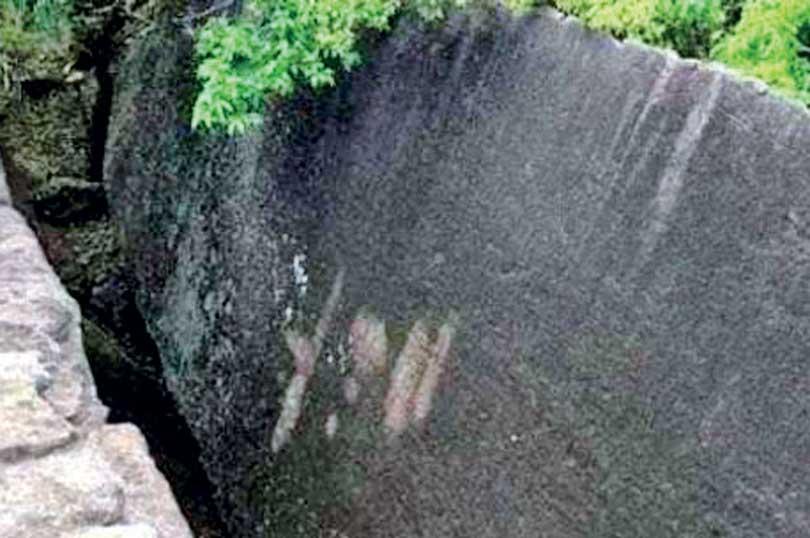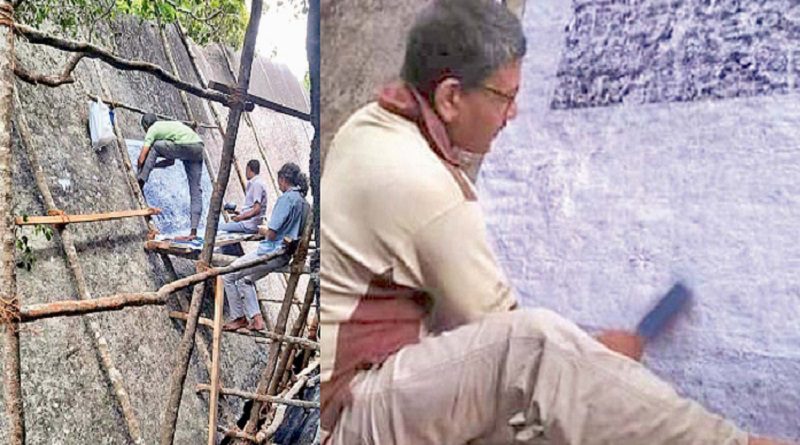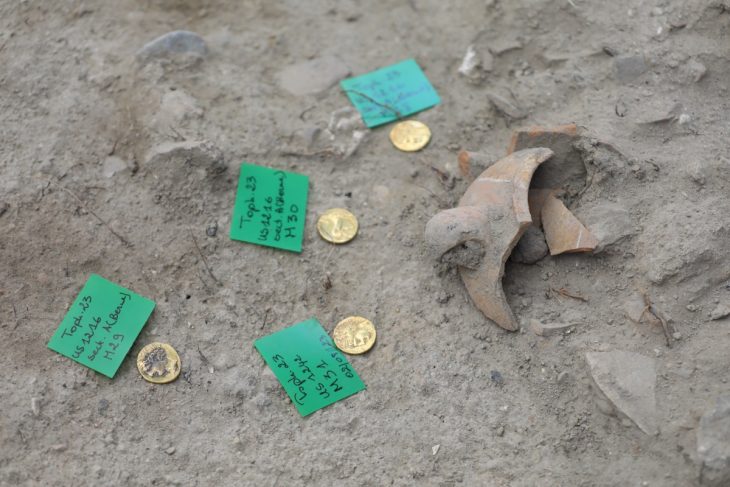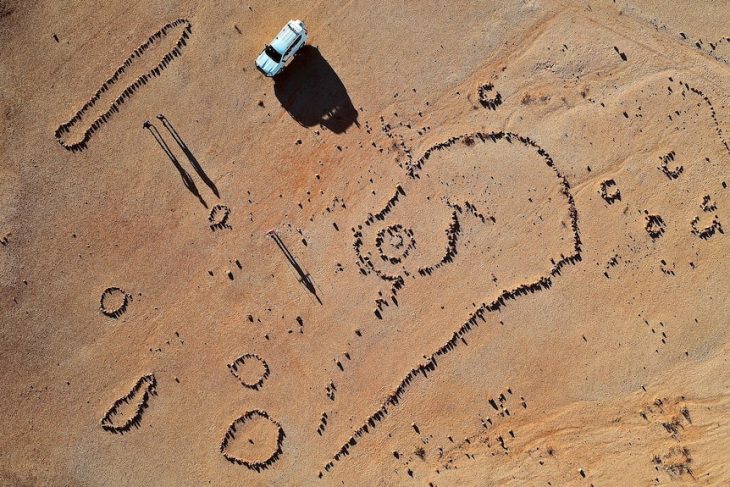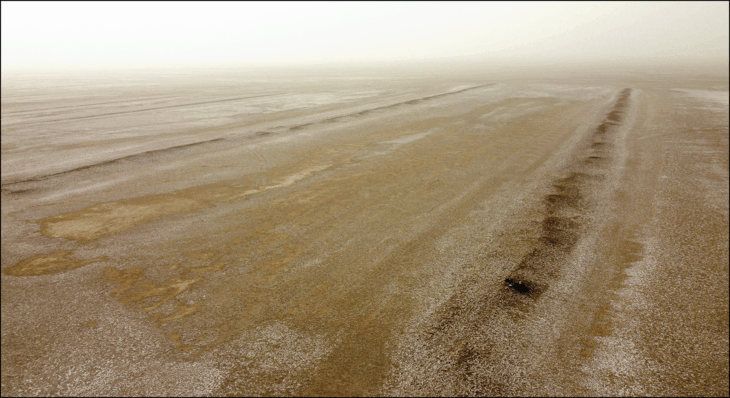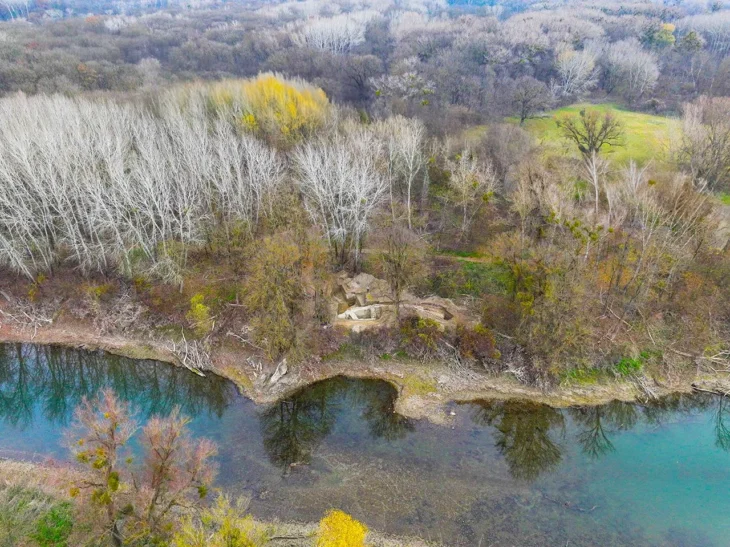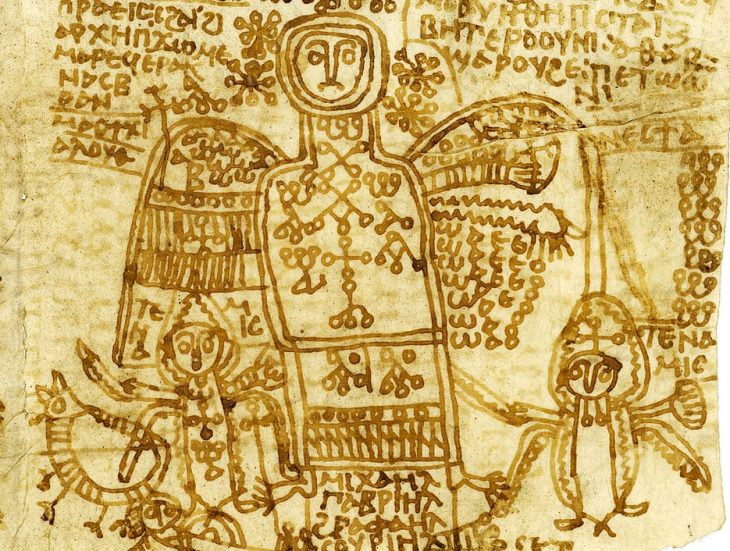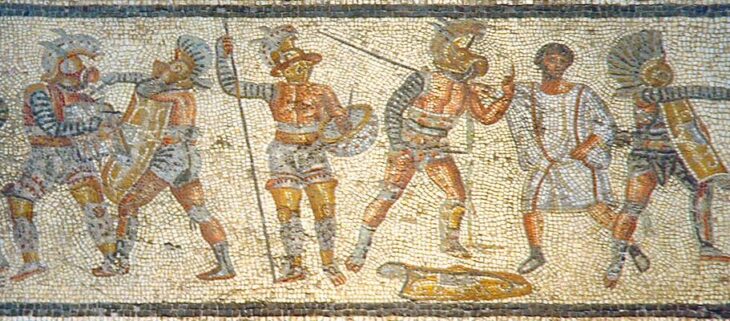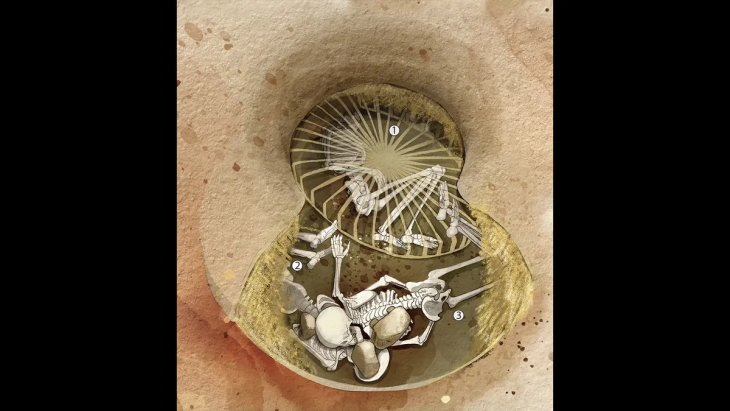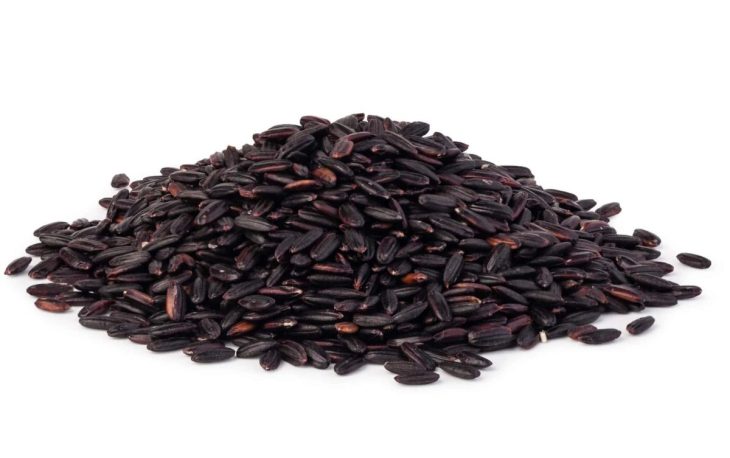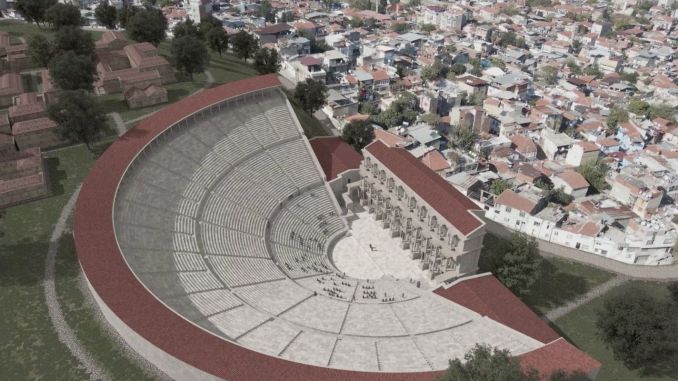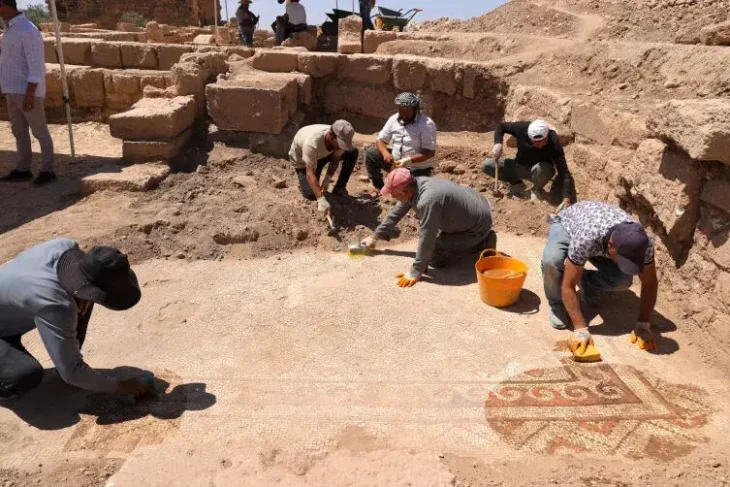Archaeologists discovered the largest inscription ever found in Sri Lanka. The largest inscription ever discovered in Sri Lanka was found at the ruins of the Dimbulagala monastery, dating back to the early second century BC.
This discovery was made by officers attached to the Inscriptions Section of the Archeology Department Head Office and the Polonnaruwa Archaeological Survey Team.
Dimbulagala Monastery, also known as Dimbulagala Raja Maha Vihara, is located 16 kilometers southeast of the ancient city of Polonnaruwa in Sri Lanka. The Dimbulagala range houses a number of caves cut into the rock with Brahmi inscriptions over their drip ledges.
The Sri Lankan government appointed eleven expert committee members to investigate the inscription on 17 January 2024, including Ms. Malini Dias, Vice President of the Royal Asiatic Society of Sri Lanka Archaeologists, who specializes in epigraphy, and Professor Karunasena Hettiarachchi.
According to the signs, characters, and unique symbols, the committee announced that the inscription belonged to the beginning of the second century BC or earlier than that.
📣 Our WhatsApp channel is now LIVE! Stay up-to-date with the latest news and updates, just click here to follow us on WhatsApp and never miss a thing!!
Sri Jayawardenapura University History and Archaeology professor Karunasena Hettiarachchi said 60 percent of this inscription was unreadable and 40 percent was readable.
“This inscription was written in Brahmi characters. We found that 24 Brahmi characters were used on the inscription. At least 1,000 characters were used. Moreover, there are several rare symbols, which have never been seen by officials through their previous inscriptions,” he said.
Meanwhile, the professor stated that the inscription contains six extremely rare symbols that have not previously appeared in the country’s inscriptions.
The professor said that because water is essential for the monks, the inscription also mentions the supply of water to the top of the mountain. Meanwhile, he mentions that this inscription mentions about offering a cave to the Maha Sanfha and offering a pagoda.
Also, the inscription mentions a devotee of the Sangha. Meanwhile, the professor further said that the committee that investigated the matter had a note about any harvest tax.
It is also mentioned here about making a hut called Barajaya and offering it to the Sangha. The professor mentioned that it was difficult to read the letters mentioned in the first and second lines and further mentioned that they mention a king named Diparaja, a person named Shiva, and the wife of a monk named Baghubashiga.
The dating of the inscription may indicate the period of King Lanja Tissa, also known as Lamani Tiss, who was the first ruler of Sri Lanka under the Kingdom of Anuradhapura (119 BC to 109 BC).
The inscription also includes the names of 3 princes named Tissa, Vishaka, and Suratissa.
The Sri Lankan Royal Dynasty, also known as the Ceylon Kings or Kings of Sri Lanka, is arguably the longest in history. It lasted from 543 BC, or more than 2350 years, until 1815 when the British invading forces captured Sri Wickrama Rajasinghe, the last Kandyan king.

